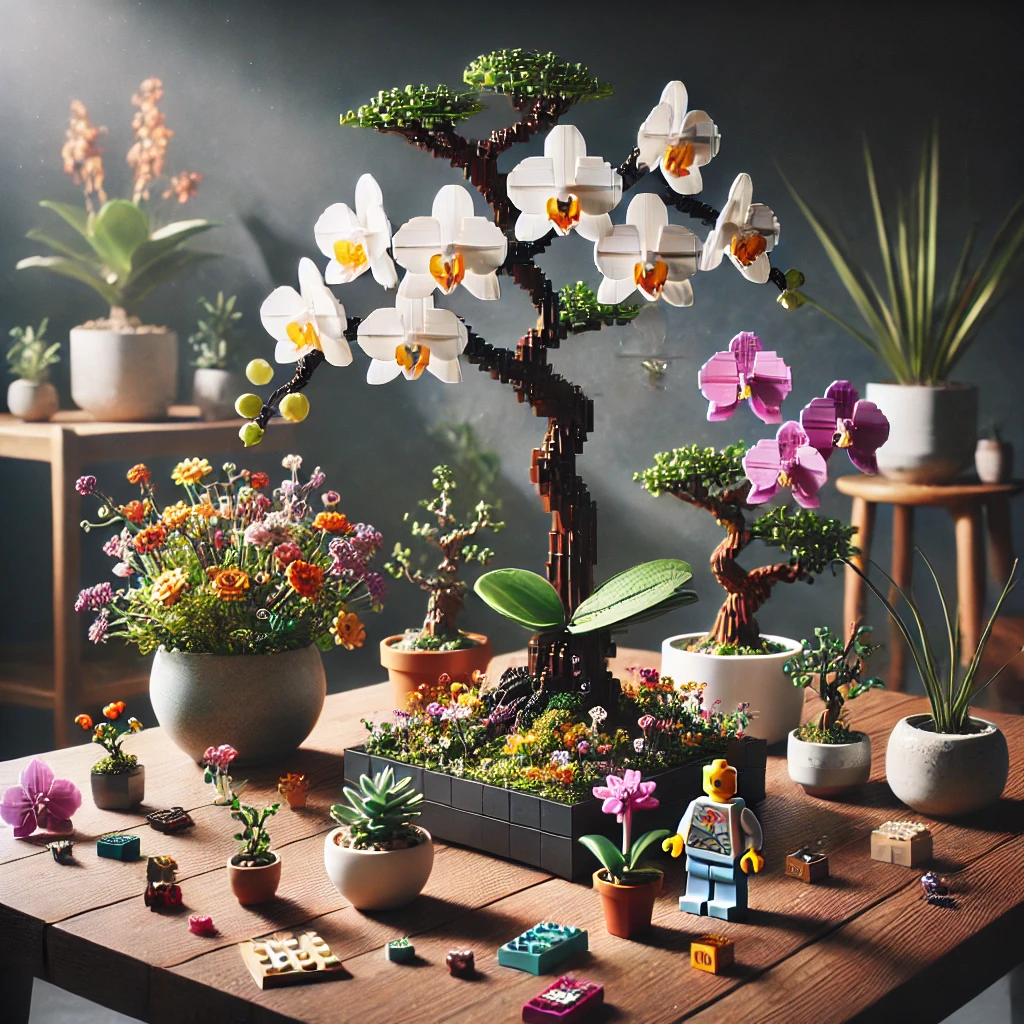Flávia P.
6 months ago
What Is: Art Style
What Is: Art Style in Visual Arts
Art style refers to the distinctive manner in which an artist or group of artists expresses their creative vision through visual mediums. This encompasses various elements, including techniques, color palettes, and thematic choices that define the overall aesthetic of the artwork. Understanding art style is crucial for appreciating the nuances of different artistic movements and the intentions behind them.
The Evolution of Art Styles
Throughout history, art styles have evolved significantly, influenced by cultural, social, and technological changes. From the realism of the Renaissance to the abstract expressions of modern art, each period has its unique characteristics that reflect the zeitgeist of its time. This evolution showcases how artists adapt their styles to convey their messages effectively and resonate with their audiences.
Identifying Different Art Styles
Identifying an art style involves recognizing specific features that distinguish one style from another. For example, Impressionism is characterized by loose brushwork and an emphasis on light, while Cubism breaks subjects into geometric shapes. Familiarity with these traits allows viewers to appreciate and critique artworks more deeply, enhancing their overall experience.
The Role of Art Styles in Pop Culture
Art styles play a significant role in shaping pop culture, influencing everything from fashion to graphic design. The rise of digital art has also introduced new styles, merging traditional techniques with modern technology. This fusion creates a dynamic landscape where art styles continuously evolve, reflecting current trends and societal shifts.
Art Styles in Collectibles: Funko Pop and Lego
In the realm of collectibles, art styles manifest in the design of figures and sets. Funko Pop figures, for instance, adopt a unique, stylized aesthetic that emphasizes oversized heads and minimalistic features. Similarly, Lego sets often incorporate specific art styles in their themes, from classic architecture to contemporary pop culture references, appealing to diverse collector interests.
How Art Styles Influence Consumer Preferences
Understanding art styles can significantly influence consumer preferences, especially in niche markets like collectibles. Enthusiasts often gravitate towards specific styles that resonate with their personal tastes or nostalgia. This connection drives demand for particular items, making art style a crucial factor in marketing strategies for brands in the geek universe.
Art Style and Brand Identity
For brands, establishing a recognizable art style is essential for creating a strong identity. This is particularly evident in the geek universe, where companies like Lego and Funko Pop utilize distinct visual styles to differentiate themselves from competitors. A cohesive art style helps build brand loyalty and fosters a sense of community among fans.
The Impact of Art Styles on Artistic Expression
Art styles significantly impact how artists express their ideas and emotions. By choosing a specific style, artists can convey complex themes and messages more effectively. Whether through vibrant colors in expressionism or the stark contrasts in minimalism, the chosen art style shapes the viewer’s interpretation and emotional response to the work.
Exploring Art Styles Through Education
Education plays a vital role in understanding and appreciating art styles. Art history courses, workshops, and online resources provide valuable insights into various styles, their origins, and their significance. By exploring these educational avenues, individuals can deepen their appreciation for art and enhance their ability to engage with different artistic expressions.
The Future of Art Styles in a Digital Age
As technology continues to advance, the future of art styles is likely to be shaped by digital innovations. Artists are increasingly experimenting with virtual reality, augmented reality, and digital mediums, leading to the emergence of new styles that challenge traditional boundaries. This evolution presents exciting opportunities for both creators and audiences to engage with art in novel ways.





